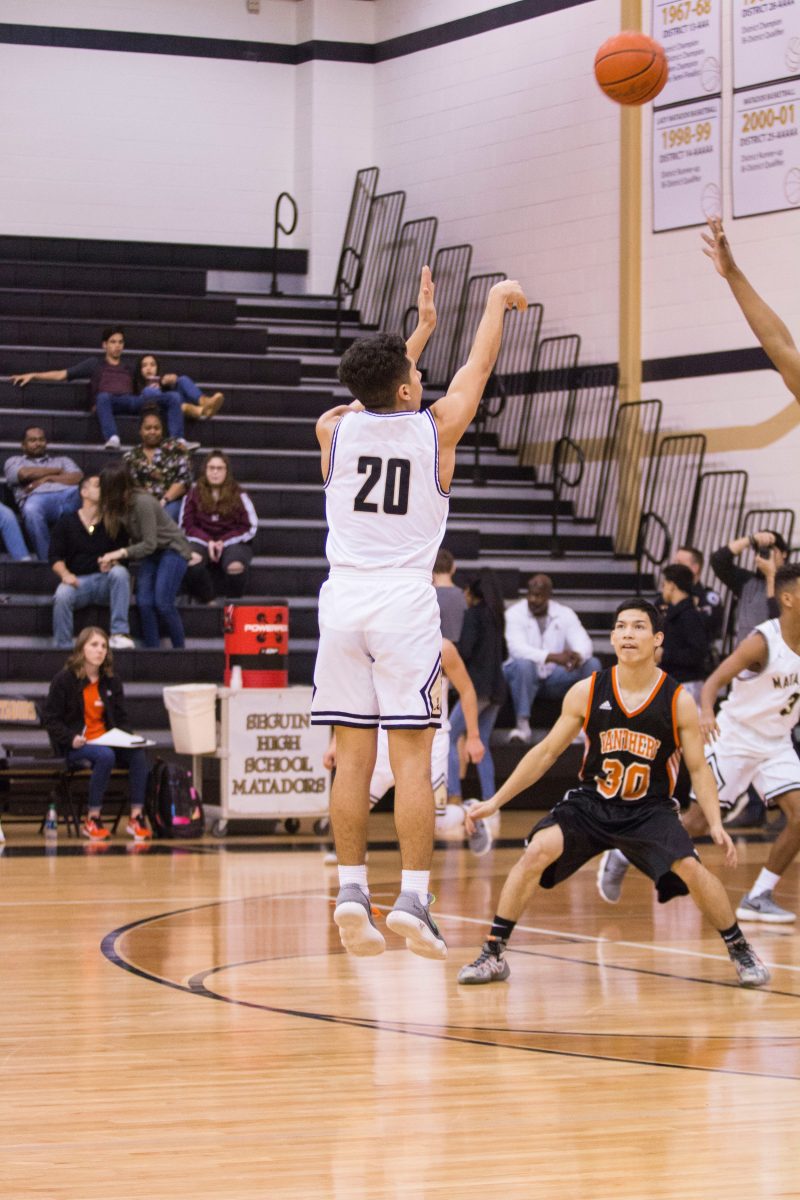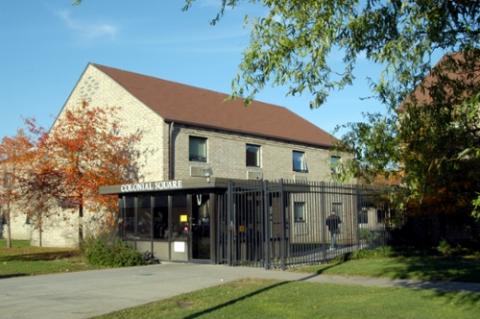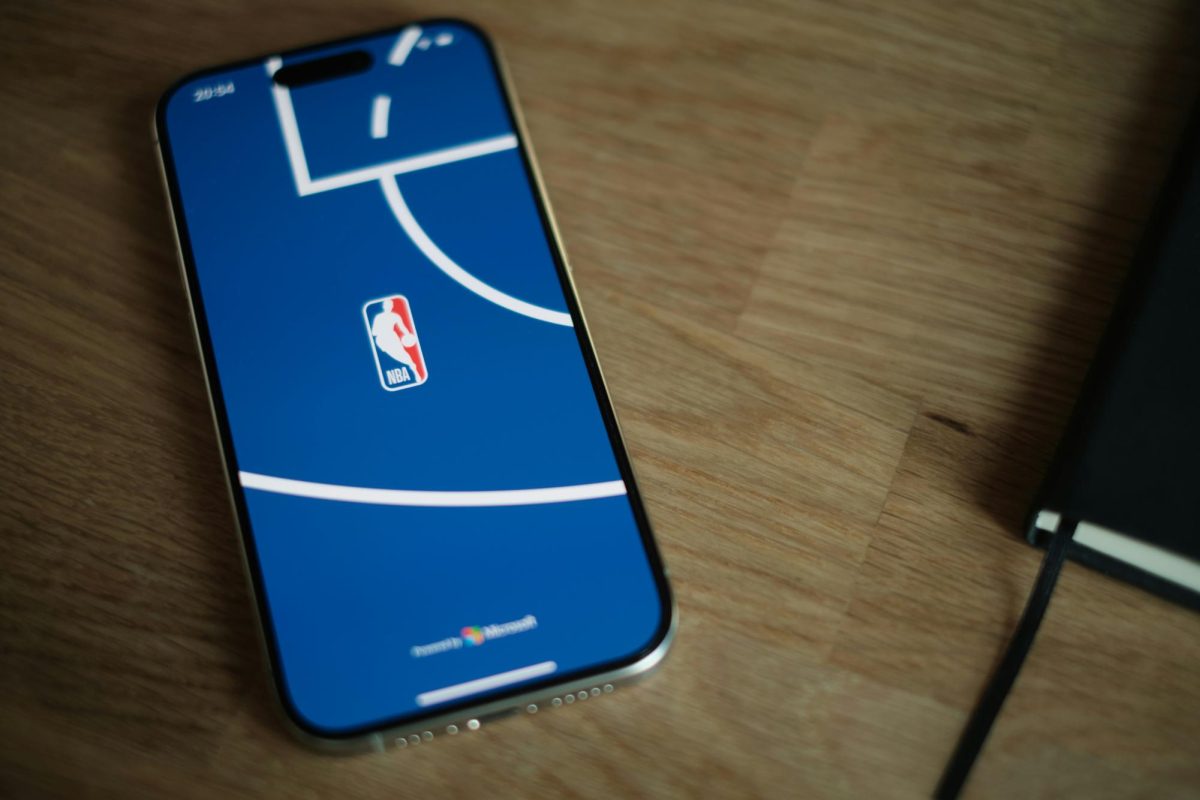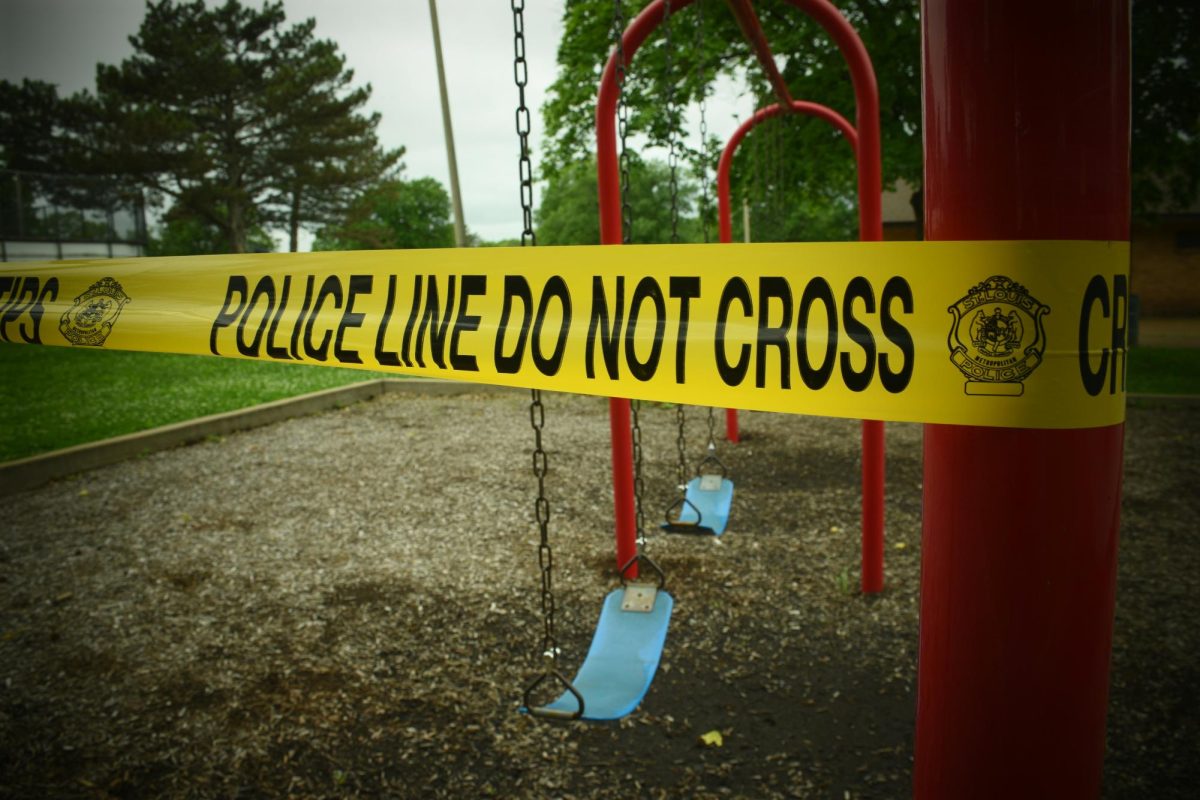Photo by Chris Moore on Unsplash
The landscape of college athletics has changed drastically over the past few years, not only because the pandemic caused major shifts in how coaching staffs recruit athletes but also due to the NCAA granting athletes one more extra year of eligibility. However, a groundbreaking ruling by the Supreme Court of the United States in June 2022 was the most monumental change in the history of college athletics.
The case, NCAA v. Alston, allowed for an incremental increase in how college athletes can be compensated. At the time, Justice Neil Gorsuch wrote that the court believed the NCAA was violating antitrust laws by limiting the education-related benefits that schools can provide athletes.
At the time, the ruling was viewed as a major success for college athletes who can now be compensated for their name, image and likeness (NIL). I felt, like many others, that this was long overdue and would help generate a much-needed amount of buzz for college sports.
Because of this change, college basketball has become a shell of its former glory in many ways.
The transfer portal is completely haywire and is on the verge of being unfixable. For comparison’s sake, according to Verbal Commits in 2020, pre-NIL, there were 1,002 transfers in the portal. A year before that, there were only 987 transfers in the portal. Today, there are over 1,500 transfers in the portal for the upcoming 2023-2024 men’s college basketball season.
Simply put, this is a bad trajectory for college athletics. Back then, the players that were most likely to be transferring were those from mid-major programs who finally were given the opportunity to excel at a higher level. Now, everyone under the sun, regardless of program history, is entering the portal. The reason is, of course, because of the advancements in NIL.
Players who are more than likely comfortable with their current teams are transferring just because there is not enough money being granted to them at their original school. This is supposed to be college athletics, not the professional leagues.
College basketball should not be turning into the NBA where teams are bidding to try and get the top “free agents” for each calendar year. What makes college athletics so wonderful is seeing players grow from freshman to senior year at one school. It’s refreshing and perceived as a rewarding experience for players. We are now seeing players who have transferred to their fourth different school by senior year. Players nowadays don’t want to work and climb up the metaphorical ladder on their team. They want to be the main piece of a team immediately, and that’s just not realistic.
So how do you fix this? For starters, there needs to be a salary cap if NIL deals are going to stay for the long haul. High-major programs such as Duke University, University of Kansas, University of Kentucky and University of North Carolina are benefiting from NIL because they are universities that can reasonably afford the top prospects in the transfer market.
Setting a salary cap will force teams like that to better strategize which players should be looked at more closely. Of course, this is not going to fix everything, and realistically, nothing will.
I agree 100% with the notion that college athletes should be getting some type of compensation for their hard work – on top of their scholarships to play. These players are making their universities enormous amounts of money.
However, whether it’s the NCAA or Congress itself, there must be a forum to address this issue while also keeping the potential for NIL deals.
College athletics has turned into a free-for-all, and despite my usual dismissal of the government getting involved in many people’s businesses, I do believe this situation needs government assistance more than ever before.
Another solution that could help fix the chaotic transfer portal is by setting a rule that a player must stay at their initial school for the first two years of their eligibility, barring coaching changes or mental health issues.
In this scenario, you can have a player’s third and fourth year be an opportunity to explore their horizons in the transfer portal.
Despite my complaints about the messiness that has become college athletics, the NIL policy does have its positives, such as finally giving women athletes the chance to make money as well.
I love college sports – to me, there’s nothing better. However, it has become frustrating to witness. How could people ruin something that was so perfect? Here’s to hoping the future is brighter and less dark than the proverbial dark clouds that are floating over college athletics.







